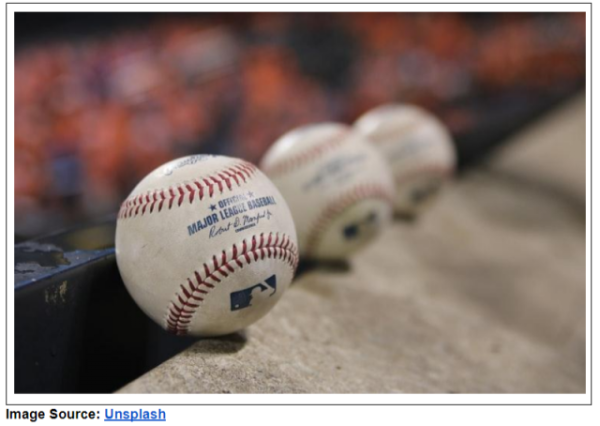Visits: 8
Baseball is one of the most-watched sports in the United States. It’s hard to get more American than going to or watching a baseball game. However, research has shown that millennials are less likely to watch baseball on television — or even show much interest in it. Even ticket sales for games have gone down in recent years.
There are a handful of different factors that could play into that, but the biggest problem is that baseball doesn’t always seem to fit into the digital lifestyle most millennials and younger audiences are now used to. Priorities have started to shift, and young adults aren’t focused on America’s favorite pastime as much as they used to be.
While the baseball industry isn’t exactly at risk of going extinct, Major League Baseball has started to take steps to appeal to a younger crowd. One of the most notable actions the MLB and its teams have taken is using social media as a marketing tool.
Because most millennials (and many older adults) are glued to their phones, social media has become an integral part of society. The baseball industry is trying to capitalize on that — but how is it working? Is it a good idea?
Marketing the Mound
Social media has opened up a variety of different platforms to connect with fans on a global scale. Their main goal is to attract younger crowds — the next generation of baseball fans. It’s important that the MLB stays on top of the latest social media trends, as well as marketing efforts.
That isn’t to say they’re only focusing on millennials. The average age of a Facebook user skews older, and the MLB is still using things like boosted posts and paid ads on Facebook to keep people’s attention. These ads can be targeted for specific age groups, locations, and people with specific interests.
The MLB also partnered with Facebook last season to broadcast games on the social media network, paying Mark Zuckerberg’s company a cool $30 million to do so. They partnered up again in 2019, but with fewer live broadcasts. Facebook might not be the “hot” platform for young adults, but the MLB isn’t ignoring its older audience in its marketing efforts, either.
The biggest benefits of social media marketing include opportunities to increase awareness, boost engagement, and form relationships. That’s one of the main reasons the MLB has taken to other platforms, including Twitter and Instagram.
Just as they did with Facebook, the MLB recently partnered with Twitter. They’re using live broadcasts, player spotlights, player statistics, and hashtags to increase engagement among users. Plus, every team in the league has its own hashtag emoji via the MLB Twitter account.
Of course, it’s not just the league itself jumping on the social media marketing train; the players are also reaching out to different audiences. Many current and former MLB players have Twitter accounts, and they use them for everything baseball-related and beyond. This helps to boost fan engagement, and make players seem more like real people. For example, not only can you see David Price’s news about the sport and his team, but you can also check in on his dessert-eating habits. When players are showcasing more personal sides of themselves on social media, it’s better for the whole league.
Can Social Media Strike Out?
Of course, social media has its drawbacks. In general, the overuse of different platforms has contributed to a rise in problems over the years, including things like car accidents, decreased work productivity, and even fractured marriages.
When it comes to some drawbacks of social media in the MLB, the biggest concern is probably the rumor mill.
While social media allows information to be published almost immediately, that isn’t always necessarily a good thing for the league. In 2011, before social media had even hit its peak, ESPN called Facebook, in particular, a “culture of misinformation.” Rumors about trades, injuries, and even about players’ personal lives can easily gain traction in the social media world, and it can be hard to douse those flames once they’ve started to spread.
Larger, more sweeping movements across social media have also caused problems for the baseball industry. Recently, the #MeToo movement made waves within the MLB, where several women came forward online to accuse players of sexual assault. As we’ve seen in Hollywood in recent years, these accusations are often hard to escape and can become a part of that player’s image for the rest of their career.
Social media certainly has its place within the MLB. It’s a great way to gain the attention of a younger audience, add real-time information, and connect with fans on a more personal level. There’s no doubt that the MLB has noticed the shift in their audience. As a result, you can expect the league to make every effort to stay on top of social media trends as they continue to change in the future.




You must be logged in to post a comment Login